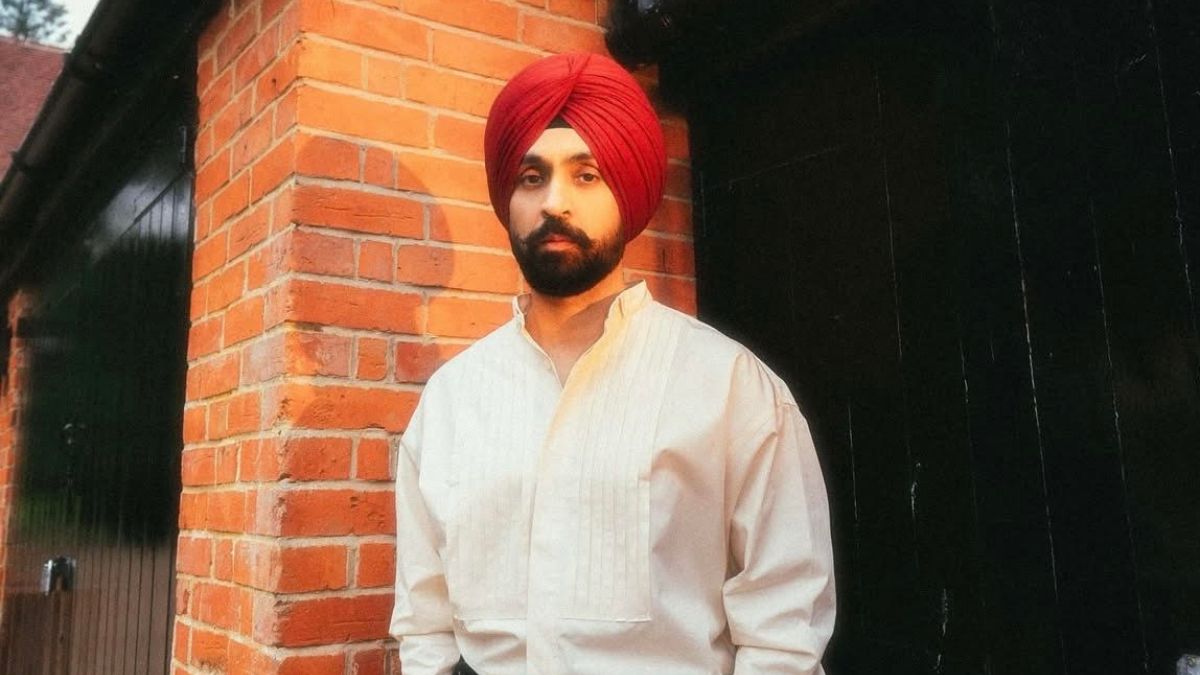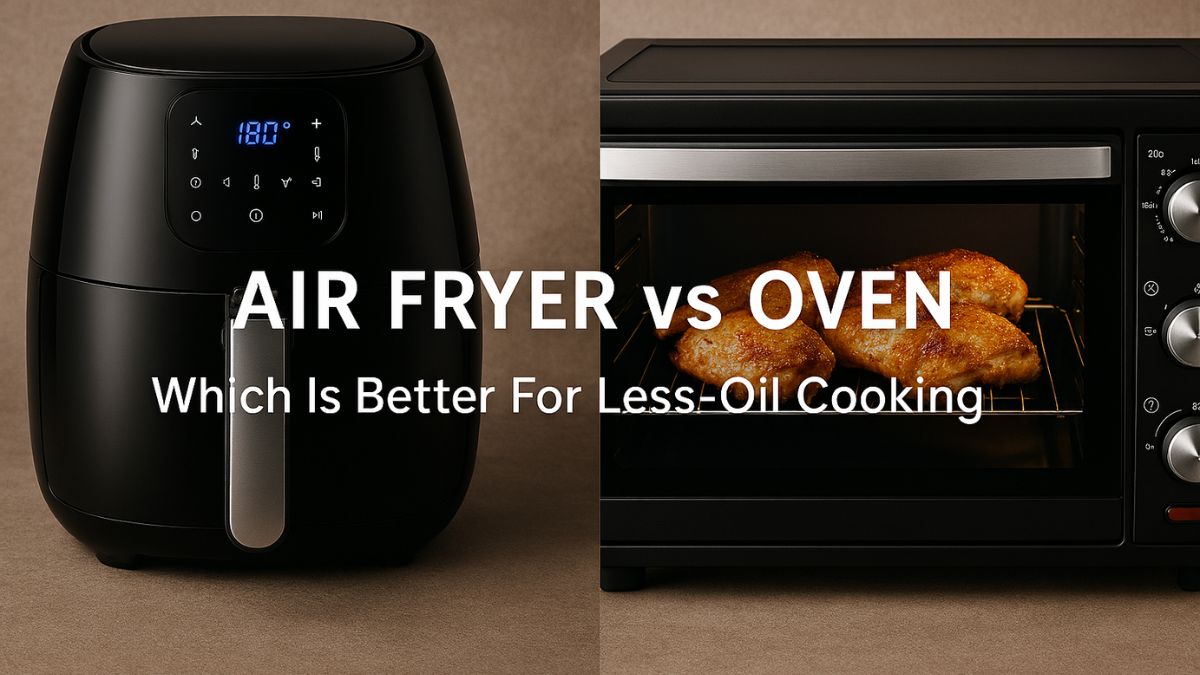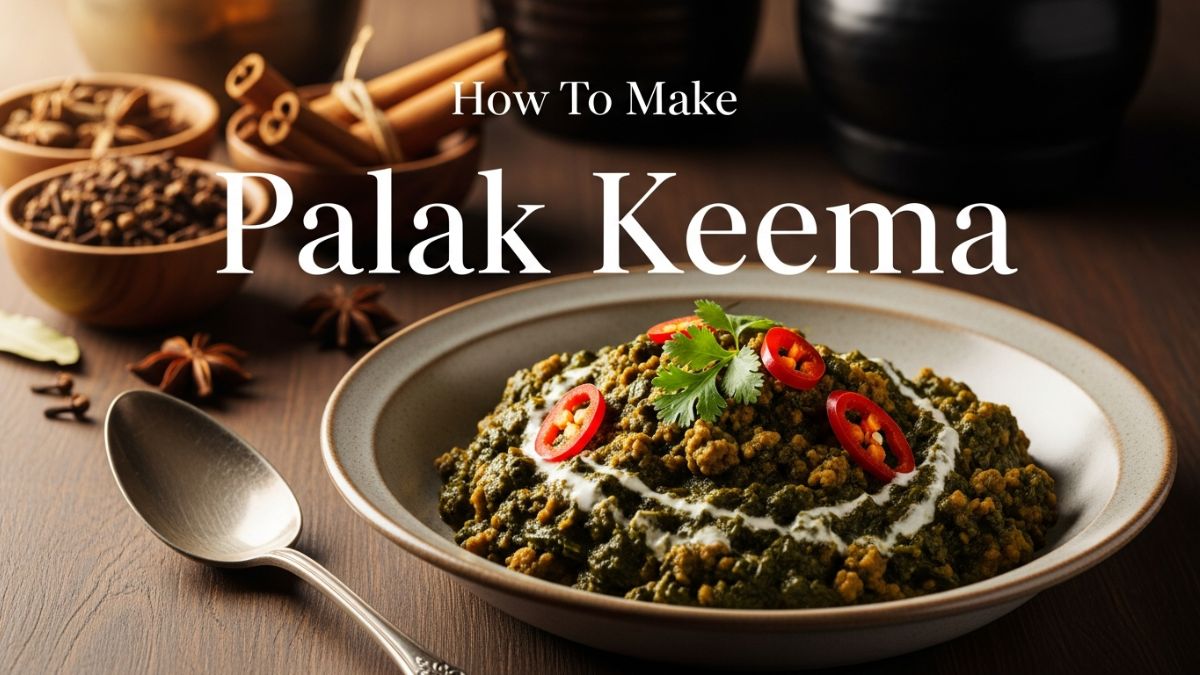Really now: has anyone’s day ever been ruined by soup Fomo?
As immigrant experiences go, moving back to my native culture after 14 years away has been very easy. Most things feel familiar, and most unfamiliar things feel simple enough to figure out. But when people ask me what’s the most remarkable change since I got back to the States, the answer is easy: Cheerios.
Days after I arrived in my new home in Brooklyn, I found myself standing in an aisle of the giant local branch of Target, transfixed by the sight of a lavish display. Sometime between the end of Bill Clinton’s presidency and the dawn of 2014, around a dozen new flavors of my go-to childhood cereal had been brought to market. Actual Americans were making actual choices between Cheerios made with “ancient grains”, coated in yogurt, or flavored with dulce de leche.
I don’t even know what ancient grains are.
I did not suffer deprivation in the places that I’ve lived outside of the US. Most of the time, I was in London, a place where you get a handful of different flavours of Cheerios, but where disappointment with your Cheerios is considered a private concern. I once read an early-20th century English etiquette book that advised that the correct response to a bad lunch decision was to “bury your regret deep in your own heart”. Nearly 100 years later, this value still stands. I learned to withstand the suffering of an underwhelming muffin.
Not in New York. I squirm in restaurants as friends order off-menu. Panic in drugstores over which of 10 identical-recipe painkillers I should buy. Draw a blank when taxi drivers ask me what bridge I want to take.
Since I left America, pillow menus have been upgraded to bespoke sleep services. I can buy running shoes in one of a rainbow of colors or I can design them myself. I need not entertain the idea of buying a cheese without first establishing an authentic relationship with the cheese.
And lest it seem that these additional options are only available in cosmopolitan NYC, there’s demand for it elsewhere: for example, diners in Illinois, Wisconsin, Georgia, Missouri and Pennsylvania can look forward to the expansion of the McDonald’s Create Your Taste Menu, where they’ll be to “choose from a wide variety of premium toppings”: 17, ranging from Big Mac sauce to grilled onions to “preservative-free guacamole”.
Soup was the final straw. On a blustery day a few weeks ago, I went around the corner from my office to a branch of Hale and Hearty, a mostly Manhattan-based chain of fast-but-healthful restaurants that offers 20 different flavors of soup each day. As I approached the counter, I prepared myself: did I want an “everyday soup” or a “daily special”? A chunky soup or a smooth broth? Did I even like soup?
And then it happened: the woman in front of me in line asked for samples.
A smiling server ladled different soups into small plastic cups, the kind that nurses offer pills in when you’re in the hospital. I stared. But the woman ahead of me sipped her selections as if there was nothing extraordinary about it at all. As if she was a soup sommelier. “In what kind of decadent society do people need to sample soups before making a commitment to a single soup?” I wonder.
Over email, Yael Miller, director of marketing at Hale and Hearty, explains that soup sampling isn’t even a new thing – it’s been around since the chain opened in 1996, three years before I fled. “Innovating in soup is a key part of what we do, so we want to give our guests the chance to experience new options,” she says. “We like to give our guests a chance to try something new and exciting … When there’s a sense of discovery, to try something new every day, that’s what keeps many guests happy and engaged.”
I guess there’s no reason why soup shouldn’t make people feel happy and engaged. But has anyone’s day ever been ruined by soup Fomo?
Adam Alter, associate professor of marketing at NYU, tells me that research says yes: “Whenever there are a lot of options, whatever you don’t choose ends up weighing on your mind afterwards.” No wonder I’m so anxious.
Alter moved to the US from Australia, and he agrees with me that the degree to which Americans expect choice feels exceptional. Perhaps, he says, it’s baked into the American cultural DNA. “One of the things that really strikes me,” he says, “is that there’s sort of a moral component to choice [in the US], and I think that comes through how much people prize decisions.”
I can see this: a shelf stacked with 15 kinds of Cheerios is also heaving with freedom. Maybe self-determination of soup samples is a distillation of what drove the American founders who broke free from Britain.
High-end experiences, Alter points out, are increasingly devoid of choice: just as at the dawn of the automotive era, Henry Ford dictated that Americans could drive any color of black Model T, at the fanciest restaurants in New York, people pay extravagant sums to eat tasting menus dictated by top chefs. “You want the producer to make some of these decisions for you,” Alter says. Luxury is found in limitations. “There’s something comforting in knowing that for a very high-end product that it’s going to be curated for you by an expert,” Alter says. “I would never let anyone curate a $5 meal for me.”
Back at Hale and Hearty, there’s a sign on the wall that describes the soup as made “just like in grandma’s kitchen.” My grandma was Scottish, and in her kitchen, there was only ever one flavor of soup on offer. You didn’t get to taste it beforehand. You certainly did not get to ask for an alternative. But eating her soup did make me feel safe and comforted.








